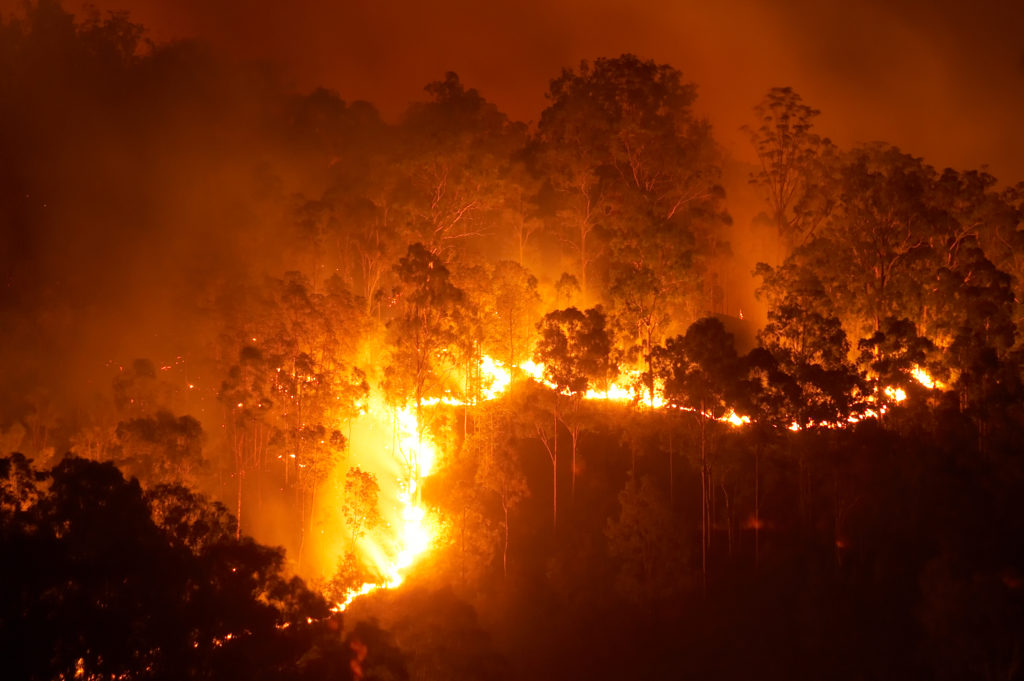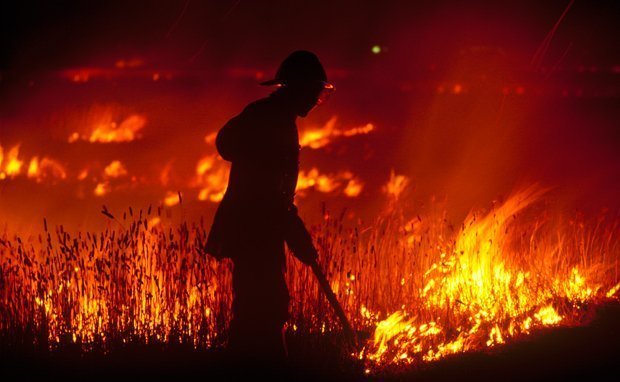Ensuring Shrub Fire Defense Through Proper BAL Record Analysis
In the world of bush fire defense, the thorough evaluation of Bushfire Attack Level (BAL) reports stands as a cornerstone for guarding buildings against the damaging influence of wildfires. With environmental elements and property features playing considerable roles in determining the level of risk, a thorough understanding of BAL scores becomes crucial.
Recognizing Bushfire Assault Level (BAL)
In the world of bushfire protection, understanding the Bushfire Assault Level (BAL) is critical for making certain reliable reduction approaches. BAL is a system utilized to determine the potential risk a building may face from a bushfire. It thinks about aspects such as the type of greenery, the slope of the land, the Fire Risk Index, and the Fire Extent Index. Recognizing the BAL score of a residential or commercial property is important for property builders, policymakers, and owners to implement proper steps to secure against bushfire risks.

Relevance of BAL Record Analysis
A necessary element in bushfire defense planning includes the comprehensive analysis of BAL reports to assess the potential threats and figure out proper mitigation techniques. BAL records supply important info about the potential influence of bushfires on a building based upon numerous elements such as plants type, range to potential fire dangers, and incline of the land. Evaluating these reports with accuracy is critical in creating effective bushfire defense steps customized to the particular threat profile of a property.
Carrying Out Fire Defense Steps
Implementing effective fire defense actions is vital for securing buildings in bushfire-prone areas. This involves cleaning combustible vegetation, such as completely dry fallen leaves and branches, within a certain distance of the home.
Furthermore, having a well-maintained and ample water supply, such as a storage tank or swimming pool, can help firefighters in their initiatives to safeguard the residential or commercial property. BAL Report. On the whole, carrying out a combination of these fire defense steps can significantly boost the chances of guarding homes during bushfire events.
Mitigating Threats in Fire-Prone Areas
To fortify properties against bushfire threats, a strategic focus on mitigating risks in fire-prone areas is important. One important blog here element of danger mitigation is preserving defensible area around buildings by getting rid of combustible plants, making sure appropriate spacing in between structures and trees, and utilizing fire-resistant landscaping practices.
Furthermore, constructing or retrofitting buildings with fire-resistant products and making sure appropriate maintenance of roofs, seamless gutters, and exterior cladding can dramatically improve the residential property's durability to bushfires. Practicing a bushfire and creating emergency situation strategy with all residents, including emptying procedures and interaction techniques, is likewise important in mitigating threats successfully. By adopting an aggressive method to risk reduction in fire-prone areas, homeowner can better secure their assets and boost overall bushfire readiness.
Ensuring Residential Or Commercial Property Safety And Security and Durability
Making sure the safety and durability of properties in fire-prone areas requires a steadfast commitment to robust preventive measures and strategic preparation. Property safety starts with implementing effective measures to reduce fire hazards.
Strength, on the various other hand, entails the capacity of a building to hold up against and recoup from a bushfire. This can be enhanced through the installation of coal guards on home windows and vents, guaranteeing that entry points for coal are decreased. Furthermore, having a well-thought-out evacuation strategy and exercising it routinely can considerably increase property strength. Working together with neighbors and navigate to these guys neighborhood fire authorities can likewise bolster the safety and security and durability of residential or commercial properties in fire-prone locations. By proactively resolving these elements, residential property owners can much better safeguard their properties and liked ones from the hazard of bushfires.
Conclusion
In conclusion, ensuring bushfire security via proper BAL record evaluation is essential for recognizing the level of risk presented by bushfires and implementing required fire security actions. By minimizing risks in see this site fire-prone areas and making sure property security and durability, people and areas can better get ready for and react to bushfire occasions. It is crucial to focus on fire safety steps to safeguard lives and building in these risky environments.
In the realm of bush fire protection, the meticulous analysis of Bushfire Attack Level (BAL) reports stands as a keystone for protecting homes versus the terrible impact of wildfires (BAL Report). Recognizing the BAL rating of a property is critical for property proprietors, policymakers, and home builders to execute appropriate actions to safeguard versus bushfire hazards

BAL reports supply critical information about the prospective effect of bushfires on a building based on numerous factors such as greenery type, distance to prospective fire dangers, and slope of the land (BAL Report). In general, executing a combination of these fire security procedures can dramatically raise the opportunities of guarding properties during bushfire events
Comments on “Browsing Residential Or Commercial Property Security: Recognizing the Value of a BAL Report”